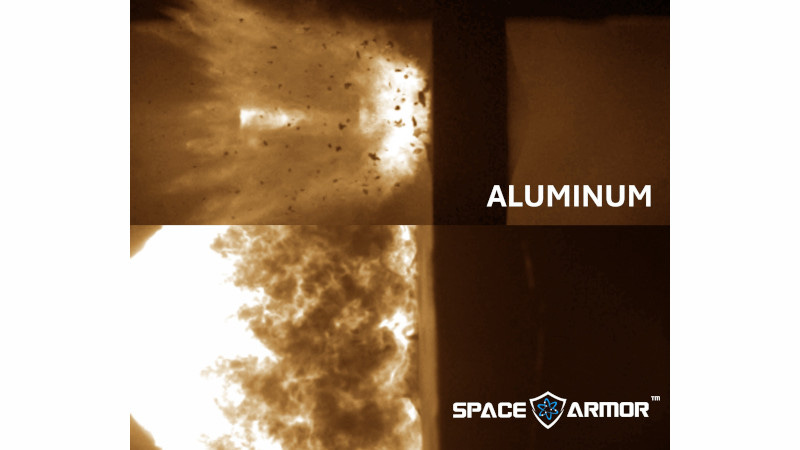'Space Armor' Research Supported by Tactical Funding Increase
Material Protects Spacecraft from Debris, Kinetic Energy Weapons
A $3.8 million Tactical Funding Increase (TACFI) has been awarded to Atomic-6 to further development and testing of its Space Armor shielding tiles.
Designed to minimize shielding mass, stowage space, post-impact ejecta, and mission risk, Space Armor provides vital protection for space assets against space debris and kinetic energy weapons while offerin…




